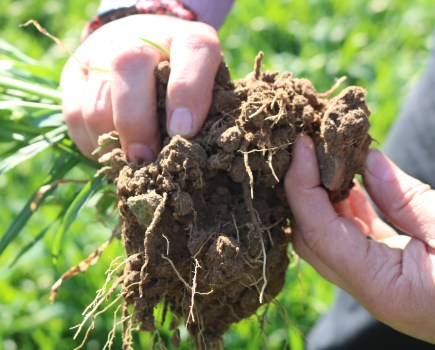
CPM finds out more about AHDB Potatoes new guide to help potato growers test for Potato Cyst Nematode (PCN), a pest that costs the industry over £25m each year.
The release of PCN: Sampling and laboratory guide draws on AHDB funded research, conducted by Science and Advice for Scottish Agriculture (SASA) and BioSS, measuring the effectiveness of soil sampling techniques ahead of PCN testing.
In a further effort to ensure the guide offered practical and relevant advice, AHDB ran through the results of its research at a conference, which was attended by over 40 prominent agronomists and researchers with a keen interest in PCN.
Dr Sue Cowgill, Senior Scientist at AHDB, who chaired the conference, said: “The research provides clear and usable results, and the conference allowed us to discuss these with those out in the field and provide an open forum to gain opinions on the most effective way to share the information with growers.”
Data from statutory sampling and recent AHDB funded research, conducted at Harper Adams University, had shown that PCN is moving into areas and fields where it has not previously been found.
“PCN is a damaging pest, and once it is in your soil, it is very hard to remove” said Sue.
“The first step for any grower is to find out if there is PCN in the field, and if there is, what species is present. Once you know this information, you can make the best decisions for your farm and you’ll also be assisting the industry as a whole by helping to control the pest.”
Patrick Mitton, chair of the Nematicide Stewardship Programme, attended the conference. He said: “The new PCN sampling guide is a welcome update to the understanding of PCN detection, management and control.
“The guide is an important contribution to knowledge exchange, bringing together the latest scientific research and practical experience of sustainable integrated management techniques, which will be of importance to both advisors and growers alike.”
The conference was also attended by representatives from the laboratories that provide testing for PCN. Presentations were made to the group following work by Dr Kim Davie as part of her AHDB funded research fellowship at SASA.
Sue said: “The aim of the work was to provide clarity to the industry on the protocols used by laboratories, and ultimately improve the consistency and usefulness of test results.”
The AHDB publication, PCN: Sampling and laboratory guide is available to download and order in hard copy now at potatoes.ahdb.org.uk/PCN.




